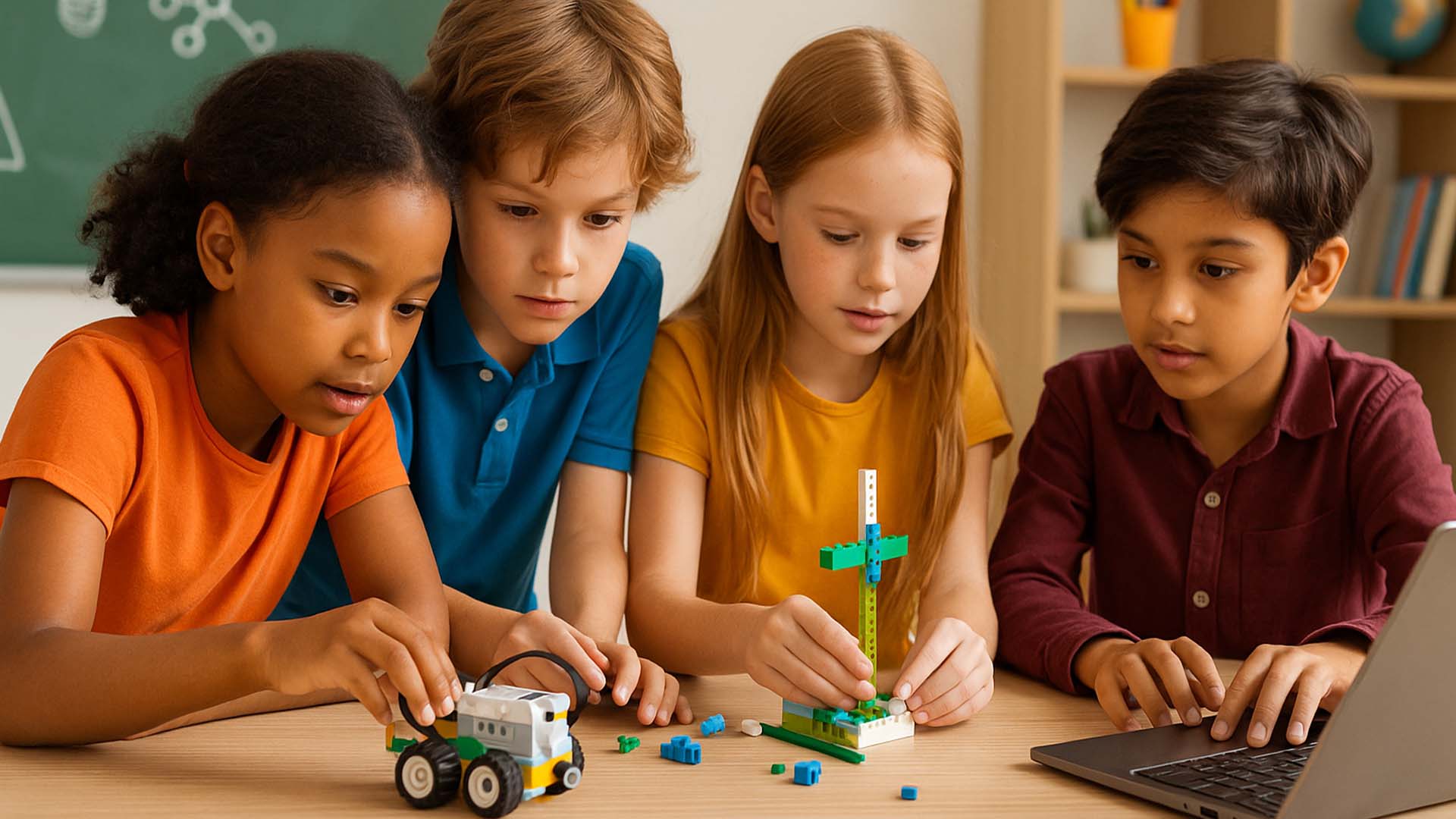In an ever-evolving world, the fields of Science, Technology, Engineering, and Mathematics (STEM) are becoming increasingly vital. These areas are not just about future careers; they are about developing critical thinking, problem-solving skills, and creativity that benefit children in all aspects of life.
Recently, STEM has evolved to include the Arts, forming STEAM, which emphasizes the interconnectedness of these subjects and makes learning more accessible and inspiring for young minds.
What is STEM and Why Does it Matter?
STEM focuses on four core disciplines: Science, Technology, Engineering, and Mathematics. The importance of STEM education has been well-documented, with STEM occupations growing significantly faster than other fields [1]. Beyond job prospects, STEM education cultivates essential soft skills such as creative problem-solving and critical thinking. Educators are continuously seeking innovative methods to integrate STEM concepts into their current curriculum, making learning both engaging and effective.
The Rise of STEAM: Blending Creativity with Logic
STEAM expands upon STEM by incorporating the Arts, recognizing that creativity and innovation are crucial components of scientific and technological advancement. This approach, which gained significant traction after its development in 2006, highlights the relationships between different subjects, making them more flexible and inspiring. By including art and creativity, STEAM aims to ignite students’ passion for learning and encourage a more holistic understanding of complex topics [1].
Creativity: A Core Skill for the 21st Century
Parents, teachers, and employers alike recognize creativity as one of the most important soft skills for students. While creativity can sometimes seem abstract, focusing lessons on it has shown remarkable results in student retention, problem-solving abilities, and critical thinking. Technology often serves as a transformative tool in fostering creativity, enabling students to create multimedia presentations or conduct in-depth research. Even without advanced technology, many educators find ways to encourage creativity using familiar classroom materials [1].
Personalized Online Learning: Tailoring Education to Every Child
Inspired by the wisdom of Benjamin Franklin, who said, “Tell me and I forget. Teach me and I remember. Involve me and I learn,” personalized online learning empowers students to take charge of their education. The internet offers a vast array of courses for nearly every subject, allowing a child’s natural curiosity to drive their learning journey. This approach fosters a passion for education by actively involving students in the process, leading to increased independence, improved problem-solving skills, and enhanced trust between students and teachers [1].
Q&A: Your Questions About STEM and STEAM Answered
Q1: What is the main difference between STEM and STEAM?
A1: STEM focuses on Science, Technology, Engineering, and Mathematics as individual disciplines. STEAM integrates the Arts into these subjects, emphasizing creativity and the interconnections between them to make learning more engaging and accessible.
Q2: Why is creativity important in STEM/STEAM education?
A2: Creativity is vital because it fosters innovative thinking, problem-solving, and a deeper understanding of complex concepts. It helps students approach challenges from different perspectives and makes learning more inspiring.
Q3: How can parents encourage STEM/STEAM learning at home?
A3: Parents can encourage STEM/STEAM by engaging children in hands-on activities, asking open-ended questions, exploring educational apps or websites, and supporting their natural curiosity in science, technology, and art.
Q4: What are some examples of virtual field trips in STEAM?
A4: Virtual field trips can include exploring the Amazon Rainforest with National Geographic, touring Smithsonian museums, visiting the Louvre, or experiencing NASA’s space centers. These immersive experiences provide valuable learning opportunities outside the traditional classroom [1].
Sources
[1] Create & Learn. (2024, August 12). Popular Kids Education Trends 2025. Retrieved from https://www.create-learn.us/blog/popular-kids-education-trends/








0 Comments